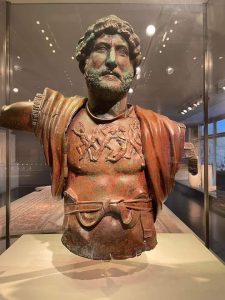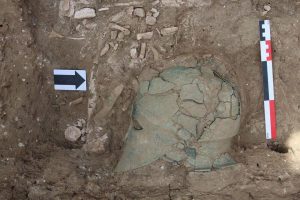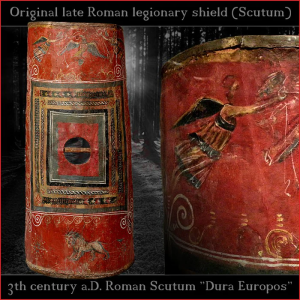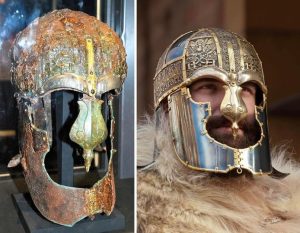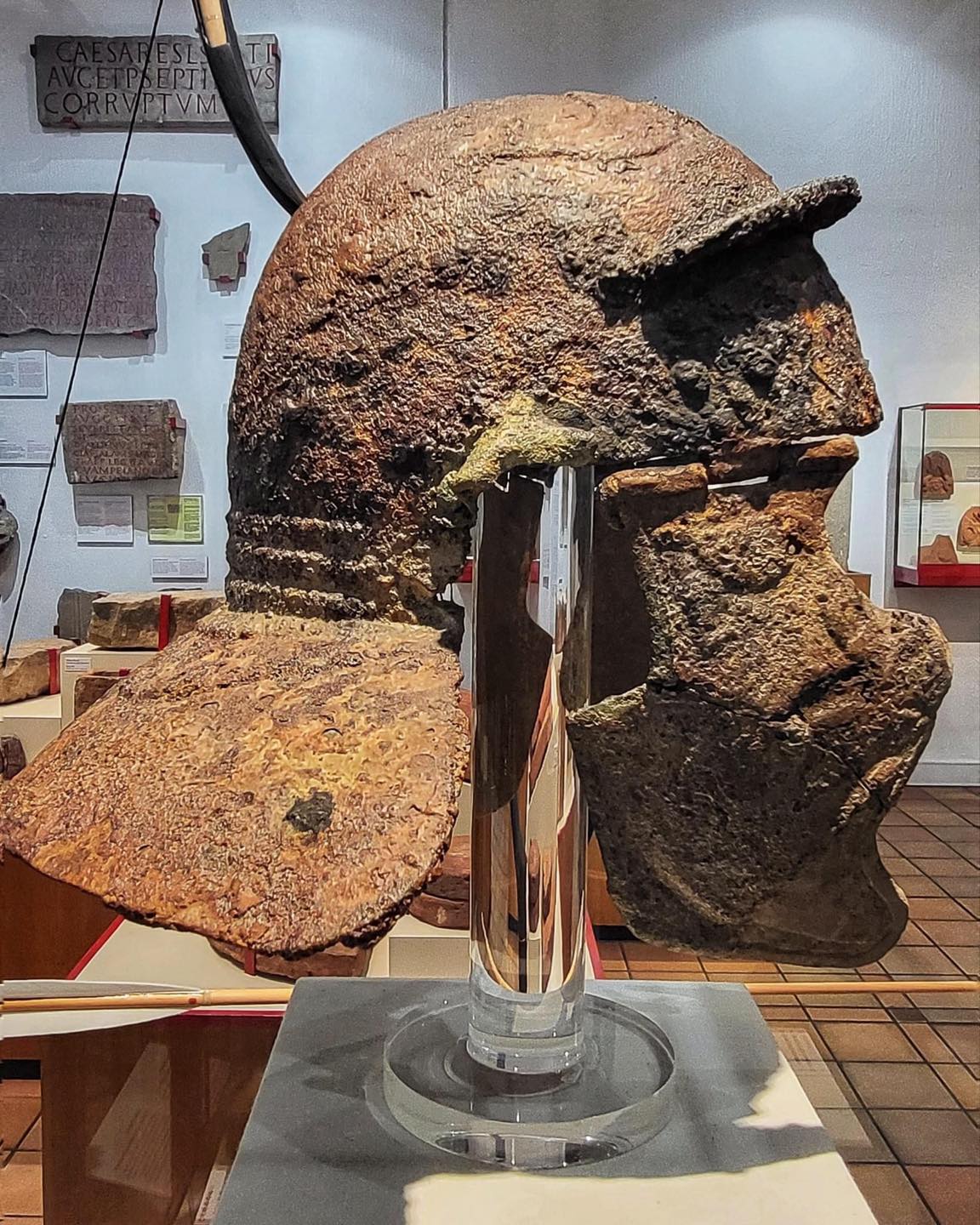
The Legacy of the Roman Legion
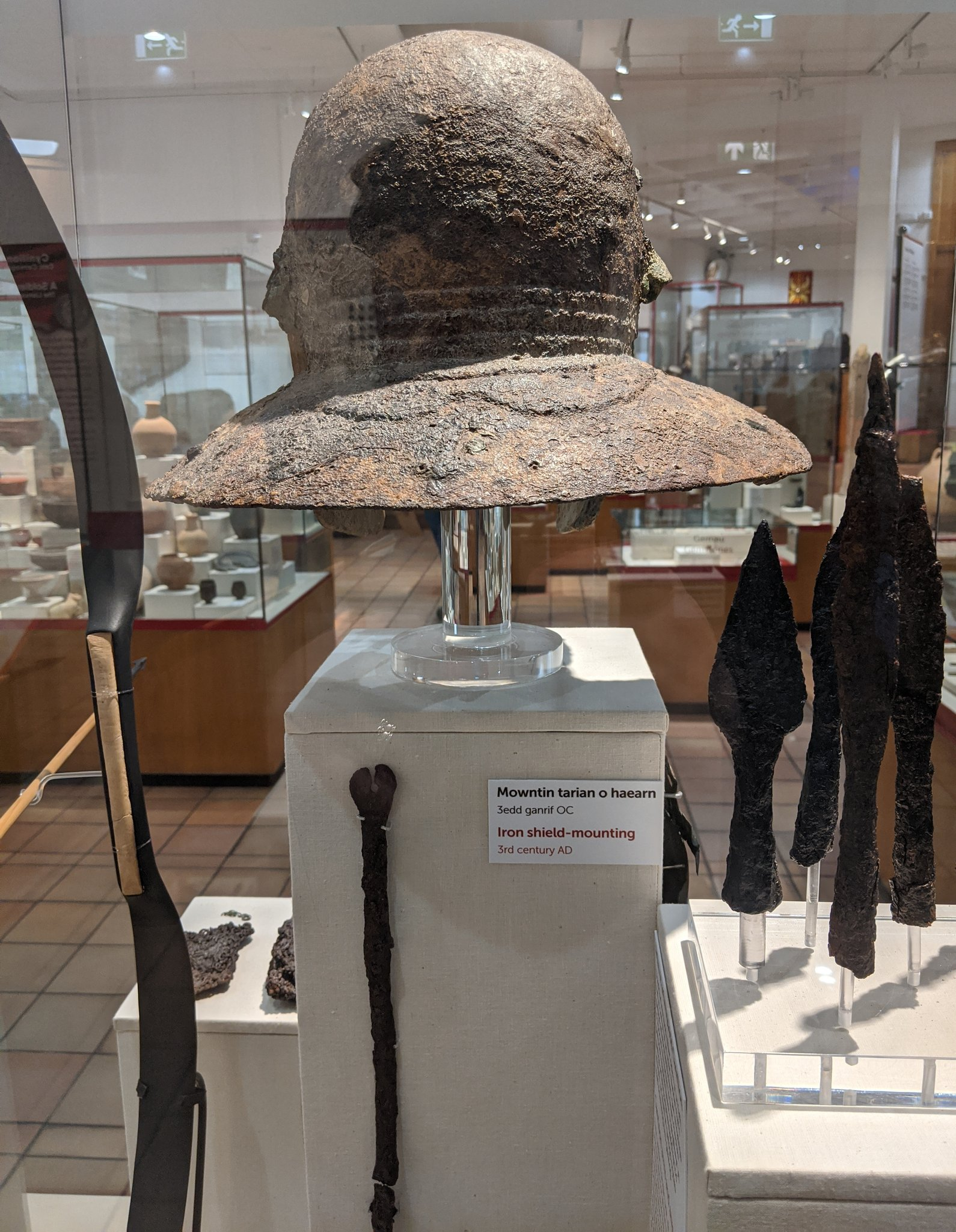
In the annals of military history, few forces have left as indelible a mark as the legions of ancient Rome. Renowned for their discipline, organization, and formidable combat prowess, Roman legionaries were the backbone of one of the most formidable empires the world has ever known. At the heart of this military machine stood the iconic Roman Legionary Helmet, a symbol of strength, resilience, and martial excellence. Among the many artifacts that have survived the ravages of time, one helmet, discovered in Brigetio, Hungary, offers a fascinating glimpse into the life of a Roman soldier in the 1st century CE.
Exploring the Icon: The Design and Construction of the Helmet
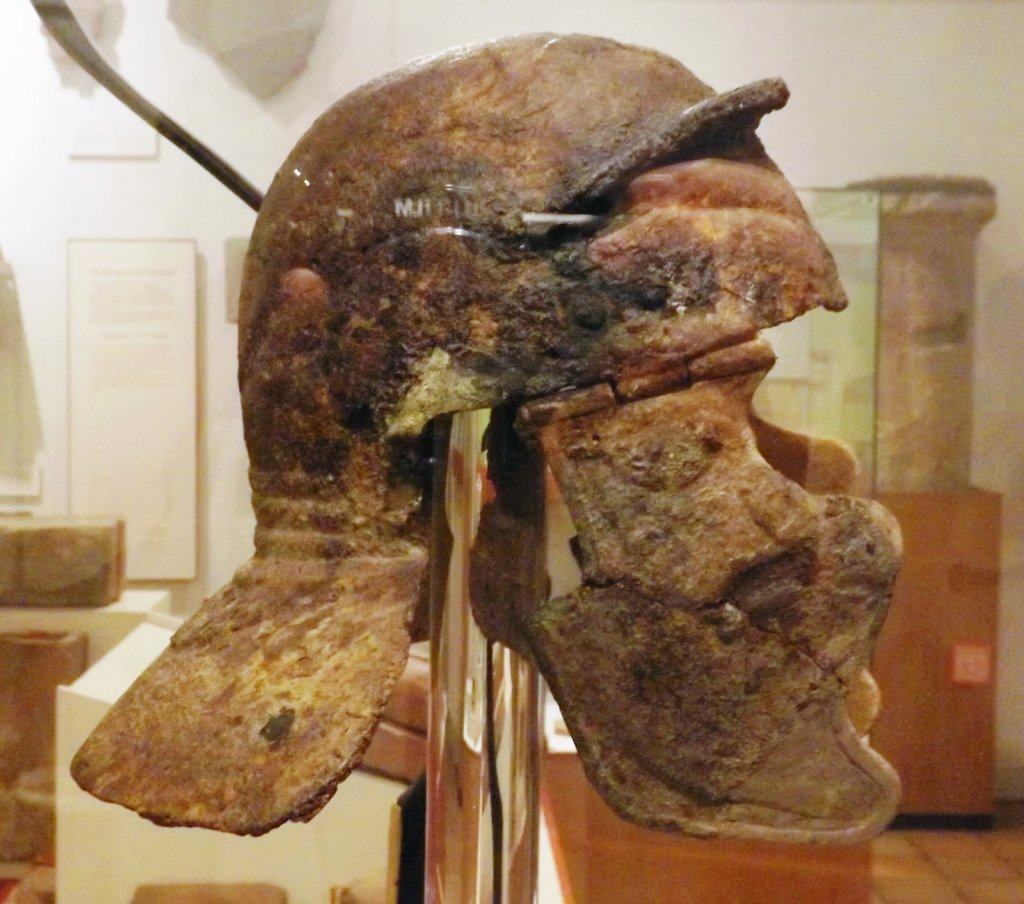
Crafted from iron and meticulously designed to offer maximum protection without compromising mobility, the Roman Legionary Helmet from Brigetio is a testament to ancient engineering ingenuity. Its distinctive design features a rounded bowl with cheek guards and a neck guard, offering comprehensive coverage to the wearer’s head and face. The helmet’s iconic crest holder, known as the “ridge,” served both a functional and decorative purpose, allowing for the attachment of plumes or horsehair crests that would have added to the wearer’s imposing presence on the battlefield. Despite its utilitarian function, the helmet’s craftsmanship and attention to detail speak to the pride and skill of its makers, who sought to equip Rome’s legions with the finest armor available.
Uncovering History: The Context of Discovery
Discovered amidst the ancient ruins of Brigetio, a Roman military camp located on the banks of the Danube River in modern-day Hungary, the Legionary Helmet offers valuable insights into the daily lives and military campaigns of Roman soldiers stationed along the empire’s frontiers. Brigetio, once a bustling hub of military activity and commerce, played a crucial role in safeguarding Rome’s borders against external threats while serving as a strategic base for launching campaigns into the surrounding territories. The discovery of the helmet amidst the ruins of this ancient fortress provides tangible evidence of Rome’s enduring presence and influence in the region, offering archaeologists and historians a window into the past.
Preserving the Past: Archeology and Cultural Heritage
As we marvel at the craftsmanship and historical significance of the Roman Legionary Helmet from Brigetio, it is essential to acknowledge the vital role that archaeology plays in preserving and interpreting our cultural heritage. Through meticulous excavation, documentation, and conservation efforts, archaeologists ensure that artifacts like the helmet continue to tell their stories for generations to come. By studying these relics of the past, we gain valuable insights into the lives, beliefs, and achievements of our ancestors, enriching our understanding of history and shaping our collective identity as a global community. As we continue to explore and uncover the mysteries of ancient civilizations, let us remain committed to preserving and celebrating the rich tapestry of human history that lies beneath our feet.

